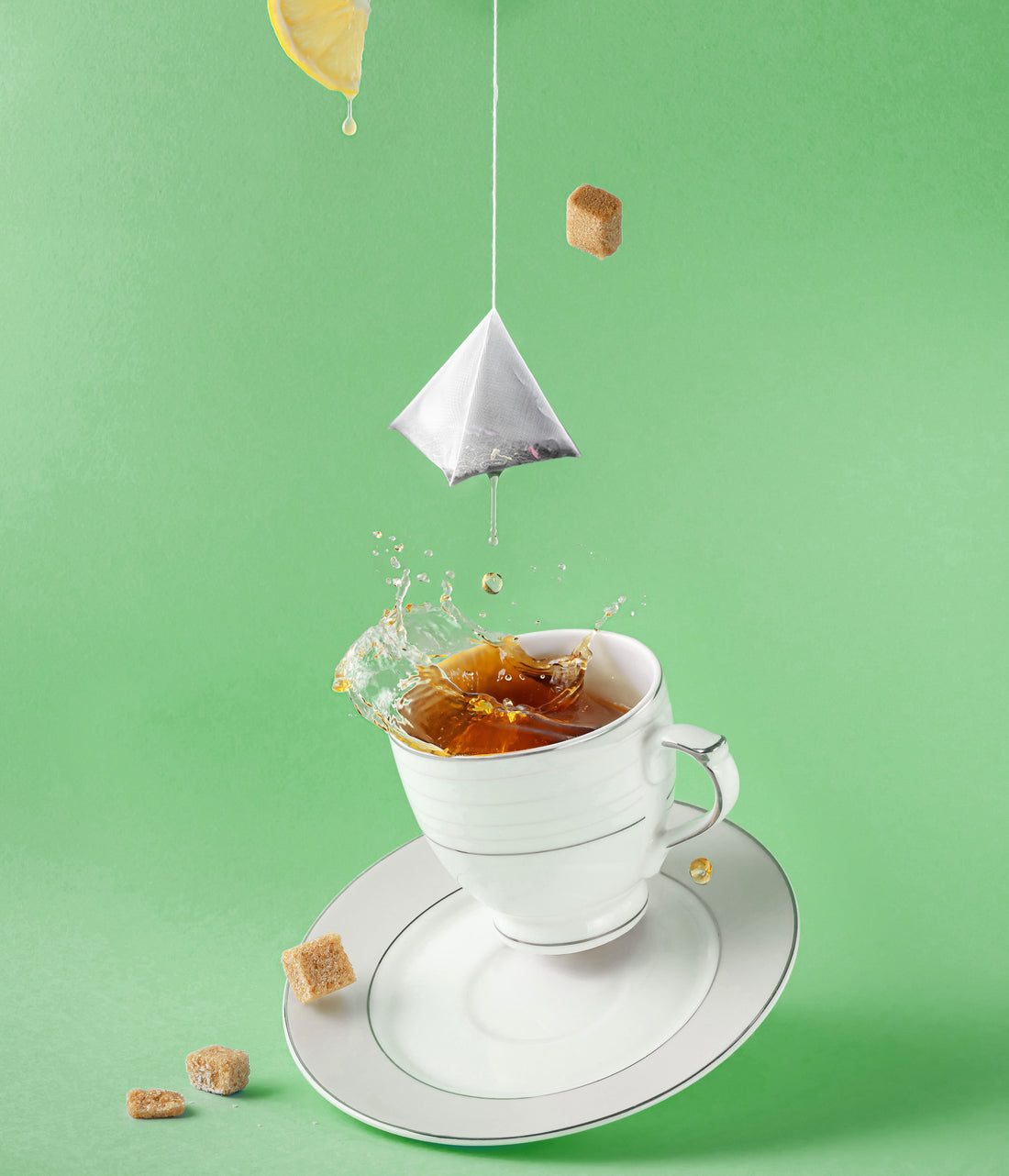
Beyond the Bag: Why We Use Biodegradable Tea Bags
Share
Beyond the Bag: Why We Use Biodegradable Tea Bags
When choosing an herbal tea, the quality of ingredients matters—but so does the tea bag itself. Many brands use conventional tea bags made from petroleum-based plastics, which take centuries to decompose and may release microplastics into your cup.
At Herbl, we take a different approach. Our tea bags are made from PLA160, a plant-based bioplastic derived from renewable resources such as corn starch, sugarcane, sugar beet, and cassava, instead of fossil fuels like oil or gas. This makes them a more sustainable alternative to traditional plastic tea bags.

PLA: A More Sustainable Bioplastic
While PLA (polylactic acid) is still classified as a plastic, it is made from natural, plant-based materials rather than petroleum. This offers several benefits:
✔ Renewable Sourcing – Unlike conventional plastics, PLA is produced from plants, reducing dependence on fossil fuels.
✔ Biodegradable in Industrial Composting – Under the right conditions, PLA can break down into natural compounds, making it a better end-of-life option.
✔ No Microplastics in Your Tea – Unlike some conventional tea bags, PLA does not shed microplastics into hot water.

How to Dispose of Our Tea Bags
- Industrial Composting: PLA is biodegradable in commercial composting facilities, where high temperatures help break it down effectively.
- Recycling (Where Accepted): Some programs allow PLA recycling, but check local guidelines.
- Home Composting: PLA requires specific conditions to degrade fully, so it may not break down as quickly in a home compost bin.
At Herbl, we believe in combining function with sustainability—from our organic ingredients to the materials we choose for our tea bags. By opting for biodegradable PLA tea bags, we're reducing waste while ensuring you get a clean, high-quality tea experience.



